History and Heritage of Meditation as a Mystical Art
Meditation, in the context of the fairly lengthy discussions and treatment of this specific discipline, or practice, throughout this work (primarily through an Indian theo-philosophical lens) is a fundamentally aspect of, a core component of as it were, the mystical arts. It is the scientific method, the means really, by which the culmination or end goal of all the mystic traditions is achieved or realized. That is not to say that meditation underpins every mystical tradition per se, but where we do find it, it is a key element of the underlying mystical theo-philosophical “system” as it were. Most modern readers will associate the term with Eastern philosophy no doubt (theo-philosophy in our nomenclature), but we stretch the term more broadly to fit it into the very ancient pre-historical context which is the thrust of Parts I and II of this work.
From our ancient historical and theo-philosophical perspective, meditation as a discipline of the mystical arts can be traced to the classical period of the Indian theo-philosophical tradition in the 3rd/4th century CE – to the Yoga Sūtras specifically as the seventh of the eight limbs (dhyāna)[1] of Patañjali’s system which has become so popular in the West today.
However Patañjali’s system, albeit innovative and revolutionary from at least an intellectual if not theo-philosophical perspective at least, even within the Indian theo-philosophical tradition from which it emerged, nonetheless traces its own origins to the core of the (orthodox) Indian theo-philosophical tradition itself which has its roots in the much older and more expansive and varied Indo-Aryan theo-philosophical tradition, the roots of which – at least from a literary treatise standpoint – lie in the Vedas primarily, and the secondarily in the Upanishads, the more philosophical and metaphysical portion of the Vedic corpus.
For example we see references to meditative practices, and contemplation more broadly, as an essential component of the spiritual practices outlined in the Bhagavad Gītā (the Song of the Lord), one of the most influential texts in the Indian theo-philosophical tradition whose composition is dated to the middle of the first millennium BCE or so (within the Mahābhārata epic of course), a treatise that has become one of the most important texts in the Indian theo-philosophical tradition, and in the theo-philosophical tradition of Vedānta in particular.[2]
If we look to the Upanishadic literature however, the philosophical portion of the Vedas, the bulk of which is dated also to the middle of the first millennium BCE, we find several more specific, and altogether “Yogic” references to practices and techniques that we associate with meditation.
The earliest of these which make direct reference to Yoga specifically, are from the Katha Upanishad, one of the most preeminent and influential of the Upanishadic philosophical treatises,[3] and the Śvetāśvatara Upanishad, the latter of which outlines specific disciplines and practices of , and in particular some of the hallmark breathing techniques, i.e. prāṇāyāma[4].
Both of these Upanishads are “Primary” or Mukhya Upanishads and as such represent the very heart of Upanishadic philosophy, clearly illustrating that Yoga, and the practice of meditation to which it is closely aligned and associated with, has its origins, at least within the context of the Indian theo-philosophical tradition, at least as far back as the middle of the first millennium BCE and in all likelihood at the very least a few centuries prior.[5]
However, even more interestingly, and again in line with one of the major theses of this work – i.e. a potential shared intellectual, theo-philosophical, heritage of the peoples of Eurasia in deep antiquity – we find explicit references to very “Yoga-like”, meditative, practices and techniques even in the ancient Chinese theo-philosophical tradition. While the literary references are not nearly as widespread as in the Indian theo-philosophical tradition, nor do we find the practices encapsulated in as dogmatic and structured of a system as we find them represented in the Yoga Sūtras for example (a much later development, again 3rd/4th century CE), but nonetheless references to very “Yoga-like” practices, i.e. meditation, nonetheless exist.
The specific passages we are speaking of are to be found in an ancient text that was discovered only at the end of the 20th century and is dated to the Warring States Period (403 – 221 BCE), a time of great philosophical and intellectual flourishing in ancient Chinese history – just as it was in fact to the West on the Indian subcontinent and throughout the Mediterranean (Greece and Persia).[6] The text, attributed to the Daoist tradition given its similarities in language and content to the Laozi’s Dao De Jing and Chuang-Tzu’s Zhuangzi, is called Nei-yeh or simply Neiye, translated into English typically as Inward Training, or alternatively as Inner Cultivation, or Inner Development. [7]
The Nei-yeh text (26 poetic verses in all, some 1600 Old Chinese characters), was preserved by ancient Chinese scholars/librarians as part of the Kuan Tzu (Guanzi) collection of texts, a fairly extensive compilation of mostly political and economic treatises compiled circa 300 BCE but most likely edited and revised up until the very end of the 1st century BCE[8]. [However, as is the case with all ancient theo-philosophical works really, such texts no doubt preserved content, and betrayed theo-philosophical traditions, that were in existence well before the text was actually written. As to how long before, that is one of the topics and areas we explore in this work, as reflected in the study of oral traditions more generally in antiquity, seen specifically as a (linguistic) technological innovation that allowed for the transmission of ideas, in a very particular and specific linguistic form, order and cadence, over generations at least, centuries in all likelihood, and perhaps much longer than that.]
The Nei-yeh was written in ancient Old Chinese, the oldest attested literary form of Chinese that was used during the Zhou and Warring States Periods, i.e. roughly throughout most of the first millennium BCE. The text is composed almost entirely of poetic, rhythmic verses that clearly represent an oral tradition which preceded the composition of the actual text, precisely the same technique used for the transmission of theo-philosophical ideas and practices in the Indian theo-philosophical tradition, as we see in the Bhagavad Gītā and the Upanishads for example.
As an example of references to very “Yogic”, “spiritual” practices, techniques and principles, i.e. meditation, in the Nei-yeh, take the following verse in English translation below, keeping in mind the rhythmic and poetic structure of the language in the original Chinese, similar to the literary style of the Dao De Jing (hence, along with the philosophical content itself as well, the association of the text with the Daoist tradition):
By concentrating your vital breath as if numinous,
The myriad things will all be contained within you.
Can you concentrate? Can you unite with them?
Can you not resort to divining by tortoise or milfoil
Yet know bad and good fortune?
Can you stop? Can you cease?
Can you not seek it in others,
Yet attain it within yourself?
You think and think about it
And think still further about it.
You think, yet still cannot penetrate it.
While the ghostly and numinous will penetrate it,
It is not due to the power of the ghostly and numinous,
But to the utmost refinement of your essential vital breath.
When the four limbs are aligned
And the blood and vital breath are tranquil,
Unify your awareness, concentrate your mind,
Then your eyes and ears will not be overstimulated.
And even the far-off will seem close at hand.[9]
Clearly we can see here the description of some sort of meditative practice, one that is tied to the overarching goal or end of the theo-philosophical system itself – in this case the Dao. This general structure, metaphysical architecture if you will, is almost precisely what we find in the Indian theo-philosophical tradition as reflected in the Upanishads for example.
Furthermore, the technique described here is quite specific, emphasizing the role of “breath”, or “vital energy”, ch’i, or qì , a critically important concept that permeates the entire ancient Chinese theo-philosophical landscape really, beyond just the Daoist tradition. This concept almost precisely corresponds to the very important Indian theo-philosophical concept prāṇa, which more literally translated from the Sanskrit also means “vital breath” or “vital energy”, but also (like the word/character qì in Chinese) has etymological roots tying it more broadly, and anthropomorphically, to “breath” and “air”.[10]
We also see here a fairly specific allusion to the cessation of thought as a component of the “practice” as well, an idea that is integral to very definition of Yoga as it is outlined in the Yoga Sūtras, albeit a much later (3rd/4th century CE) text[11]. Furthermore we find at the end of the verse, a reference to the seat or posture, i.e. “alignment of the limbs”, to which a parallel can clearly be drawn to Yogic āsanas (“seat” or “posture”), a notion that of course is pivotal to many schools of Yoga, particularly many of the schools which are practiced in the West today which derive, at least theo-philosophically, from the Yoga of Patañjali.
Altogether, we see a striking resemblance of the meditative practices and techniques described in the Daoist Nei-yeh text to the meditative practices and techniques that underpin the Indian theo-philosophical tradition. This begs the question of course, a seed thought that was a major driving force of this work in fact, as to how these practices and techniques found themselves in the ancient Far East, well before there is any evidence of trade or communication of any kind really between the cultures and peoples that inhabited the Indian subcontinent in antiquity, and the peoples and cultures that inhabited what we refer to today as China in antiquity, being separated by a massive mountain range as it were, i.e. the Himalayas. What we find in fact, is that not only are the practices and techniques described very similar, but some of the core theo-philosophical principles at work are almost exactly the same as well, as is the literary form (rhythmic, rhyming, “poetic” verse), within which the ideas are preserved and transmitted.
If we take this now quite broad view of meditation, as a cross cultural practice that has its roots in deep antiquity (rather than as an Indian or Yogic/Buddhist practice), and we furthermore look at the practice as form, or manifestation, of the mystical arts, one that is removed or abstracted from devotional or ceremonial worship, theologically agnostic in a way – even though it is probably from these very old and ancient, pre-historical ceremonial forms of worship to the gods and deities of the basic natural of cosmic world order (wind, sun, earth, moon, stars, etc.) from which the practice was synthesized and cultivated from.
From this vantage point, we can perhaps transform our somewhat dogmatic and theologically specific (religious really) notion of meditation into something more universal and ever present – a practice which has existed for millennia, and which crosses all sorts of geographic and cultural boundaries and therefore isn’t “owned” and wasn’t “created” by any one person, nation or theological system (again religion).
Herein lies the wisdom of the Indian theo-philosophical tradition who attributes the knowledge of the Vedas to “ancient seers”, or Rishis (Ṛṣi in Sanskrit) who “divined” the knowledge and transcribed it, formulated it as it were, to the Sanskrit tongue. In contrast to the orthodox and scripturally obsessive Western theological tradition, the Indian theo-philosophical tradition emphasizes the eternal existence of, and the fundamentally reality and truth of, the “content” of the Vedas, not the words of the Vedas (although they are holy no doubt just not sacrosanct in the way that Biblical scripture is held to be in the West), and that the underlying truth therein is timeless and ageless and co-existent with the universe itself.
From this perspective then, meditation as an art and a practice was certainly not “invented” by Patañjali in the 3rd or 4th century CE, nor was it invented by Buddha some 8 centuries prior, it can be looked upon as the crystallization, the culmination if you will, of millennia of spiritual, theological, metaphysical and ultimately mystical practices from pre-history that manifest themselves in these various theo-philosophical traditions from antiquity – the ones that we know from history class that we can study “through” not just the archeological findings, but through their literary traditions as well which gives us a much more expanded and complete perspective, intellectually speaking, into the belief systems of these ancient peoples. And what we find is that meditation, in the more broad and general sense that we use the term here and throughout this work, as a mystical art that is a shared heritage of humanity really, I arguably one of the defining characteristics of modern, civilized man.
[1] Ashtanga in Sanskrit means “eight limbed”, from whence the popular system of Ashtanga Yoga, (aka Vinyāsa Yoga) derives its name, developed and popularized by the Indian Yoga teacher Sri K. Pattabhi Jois (1915 – 2009).
[2] “Some by meditation [dhyānena] perceive the Self in themselves through the mind, some by devotion to knowledge, and some by devotion to work.” The Bhagavad Gita Chapter 13 verse 24. Translated from the Sanskrit, with Notes, Comments, and Introduction by Swami Nikhilananda. Published by the Ramakrishna-Vivekananda Center of New York. Eighth printing edition, 2004. While we don’t see meditation or derivative forms of the word in Sanskrit used in the same technically specific sense in the Bhagavad Gītā as we do in the Yoga Sūtras, couched as it were within a much broader and collective set of spiritual practices that focus more on devotion and action rather than contemplation, i.e. meditation.
[3] Katha Upanishad II.iii.11, which refers to Yoga explicitly as “the firm control of the senses” . The Upanishads, Volume One. Translation and commentary by Swami Nikhilananda. Published by the Ramakrishna-Vivekananda Center of New York, 6th edition, 2003. Katha Upanishad, pg. 185.
[4] See The Upanishads, Volume Two, translation and commentary by Swami Nikhilananda. Published by the Ramakrishna-Vivekananda Center of New York, 4th edition, 2004. Śvetāśvatara Upanishad , II.8-15, pgs. 91-94.
[5] For a good overview of the literary evidence of “Yogic” principles, practices and techniques from the Upanishadic literature, see the online article entitled “The History of Yoga, References in the Upanishads” by Jayaram V at http://www.hinduwebsite.com/upanishads/essays/history-of-yoga-references-in-the-upanishads.asp.
[6] Again, hence the term Axial Age that you will find used throughout this work to refer to this unique time period in human history, geographically bound in what we refer to as Eurasia but more specifically includes Northern Africa, the Mediterranean, the Middle and Near East, the Indian subcontinent and then the Far East, i.e. China.
[7] Inward Training derives from the Chinese characters/words nèi, meaning “inside”, “inner”, or “internal”, combined with the Chinese word/character yè, which means “work”, “deed”, or “achievement/production”.
[8] See Original Tao: The Foundations of Taoist Mysticism by Dr. Harold Roth (Columbia University Press, 1999) pgs. 18-23 for a detailed look at the formation, content, history and dating of the Kuan Tzu, Guanzi i, collection, within which the Nei-yeh treatise was preserved.
[9] Nei-yeh, XIX.1-19. Translation by Dr. Harold Roth. Original Tao: The Foundations of Taoist Mysticism by Dr. Harold Roth (Columbia University Press, 1999) pgs. 82/83.
[10] If we tread even deeper as it relates to this notion of “vital breath” and its importance from a metaphysical perspective in antiquity, the association of the basic energy or life force of the universe being “tapped into” by an individual by harnessing, or “tapping into” its manifestation in the body (i.e. meditation), we find “wind” and/or “air” as core metaphysical/cosmological constructs (the arche in the early Greek philosophical tradition, specifically with the Pre-Socratics) all throughout Eurasia as manifest in the earliest treatises, myths and divine world orders represented by these various peoples and cultures. We take for example the relevance and importance of the god Vāyu in the Indian Vedic tradition, the lord of the winds, or even the system of five elements that underpins Ayurvedic philosophy of which wind/air was one. Or to the Far East in ancient China, we find Wind/Air, Xùn, as one of the primary metaphysical constructs of the cosmological world order, one of the eight primary bagua, the metaphysical system which underpins not just the Yijing but also more broadly all of Chinese philosophy. We also of course even find wind/air playing a central role in the underlying elemental, or again arche, metaphysical/cosmological systems outlined by many of the very first philosophers in the Greek tradition as well, i.e. the Pre-Socratics – the more commonly known system of Four Elements in the Western “mystical” tradition as it were, Earth/Air/Water/Fire. This notion of Wind/Air, or cosmic breath which is equated with a universal, and anthropomorphic, life force, reflects a very ancient belief system no doubt.
[11] yogaś citta-vṛtti-nirodhaḥ, or ‘Yoga is the cessation of the fluctuations/modifications of the mind’.



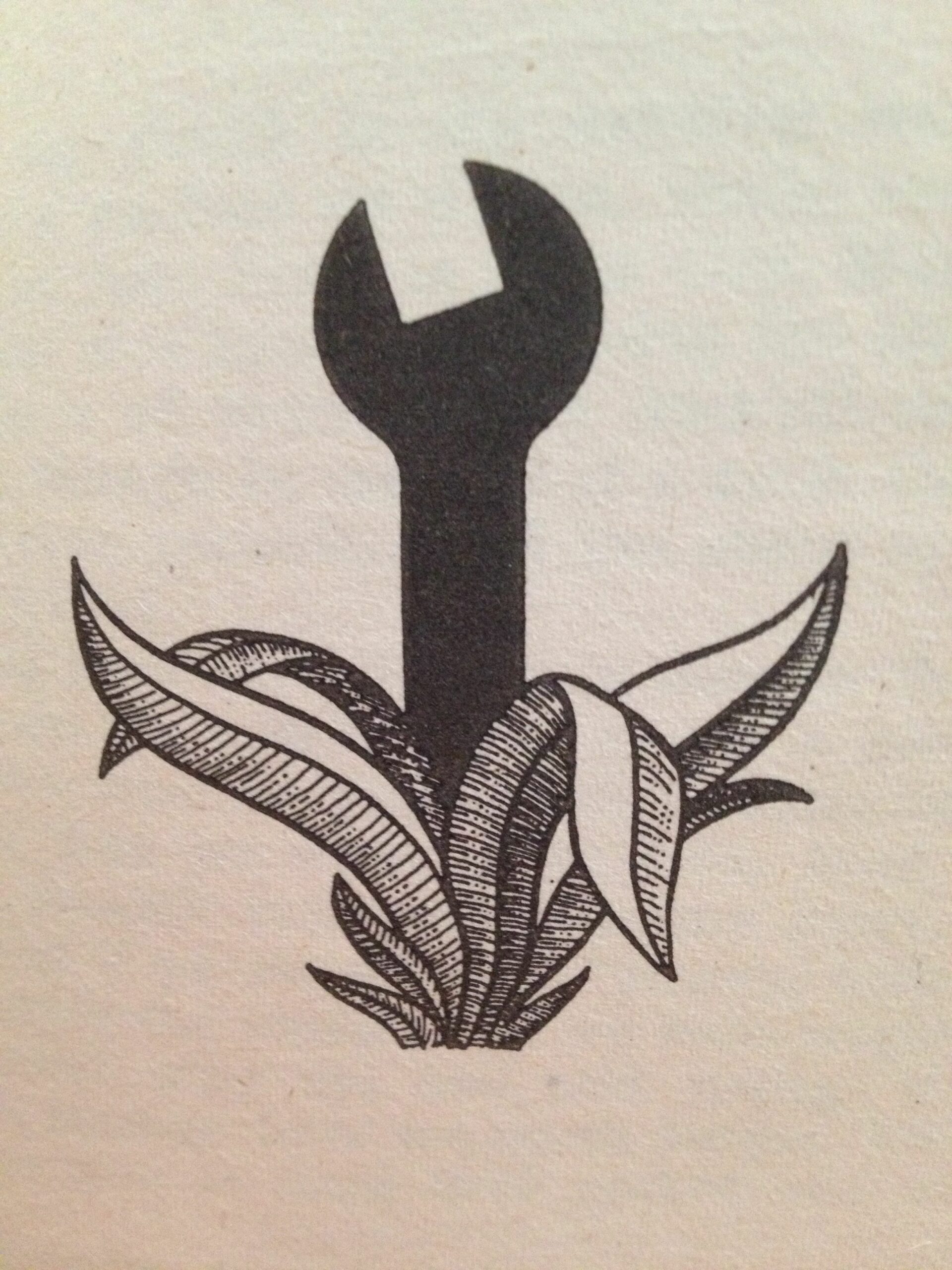
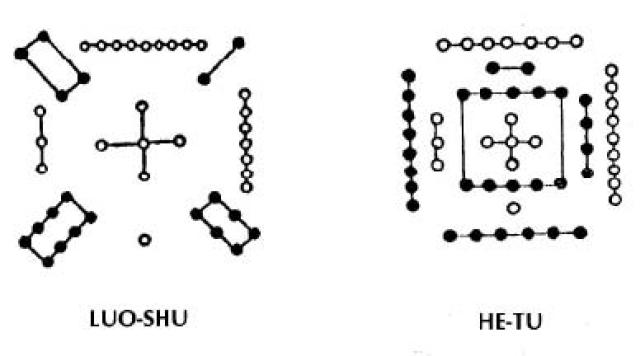
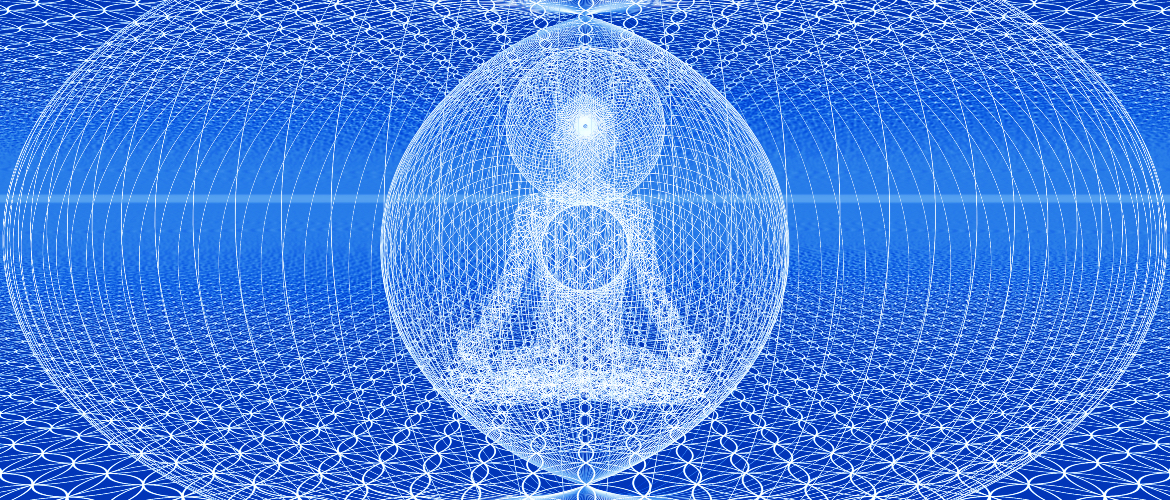
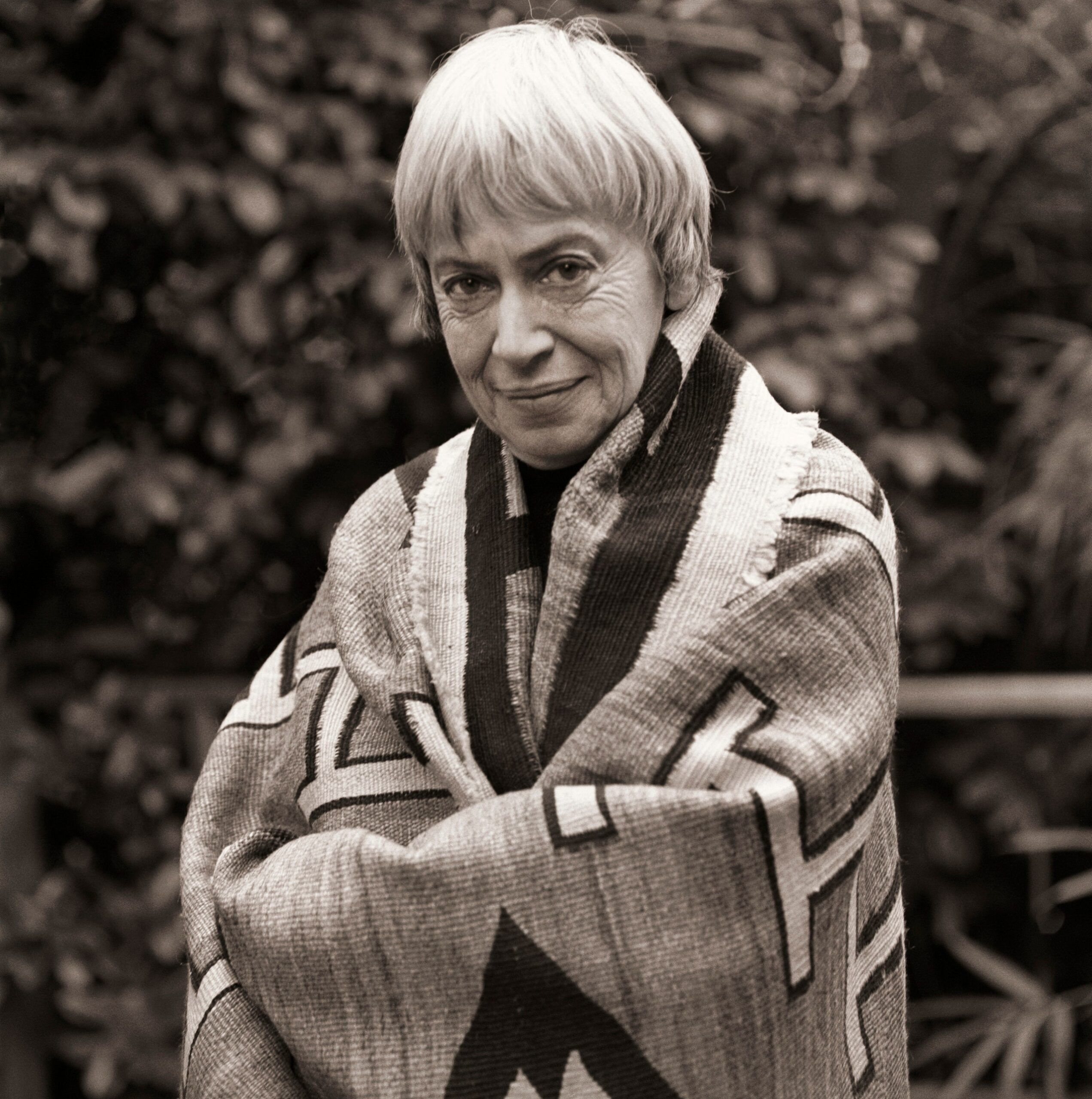
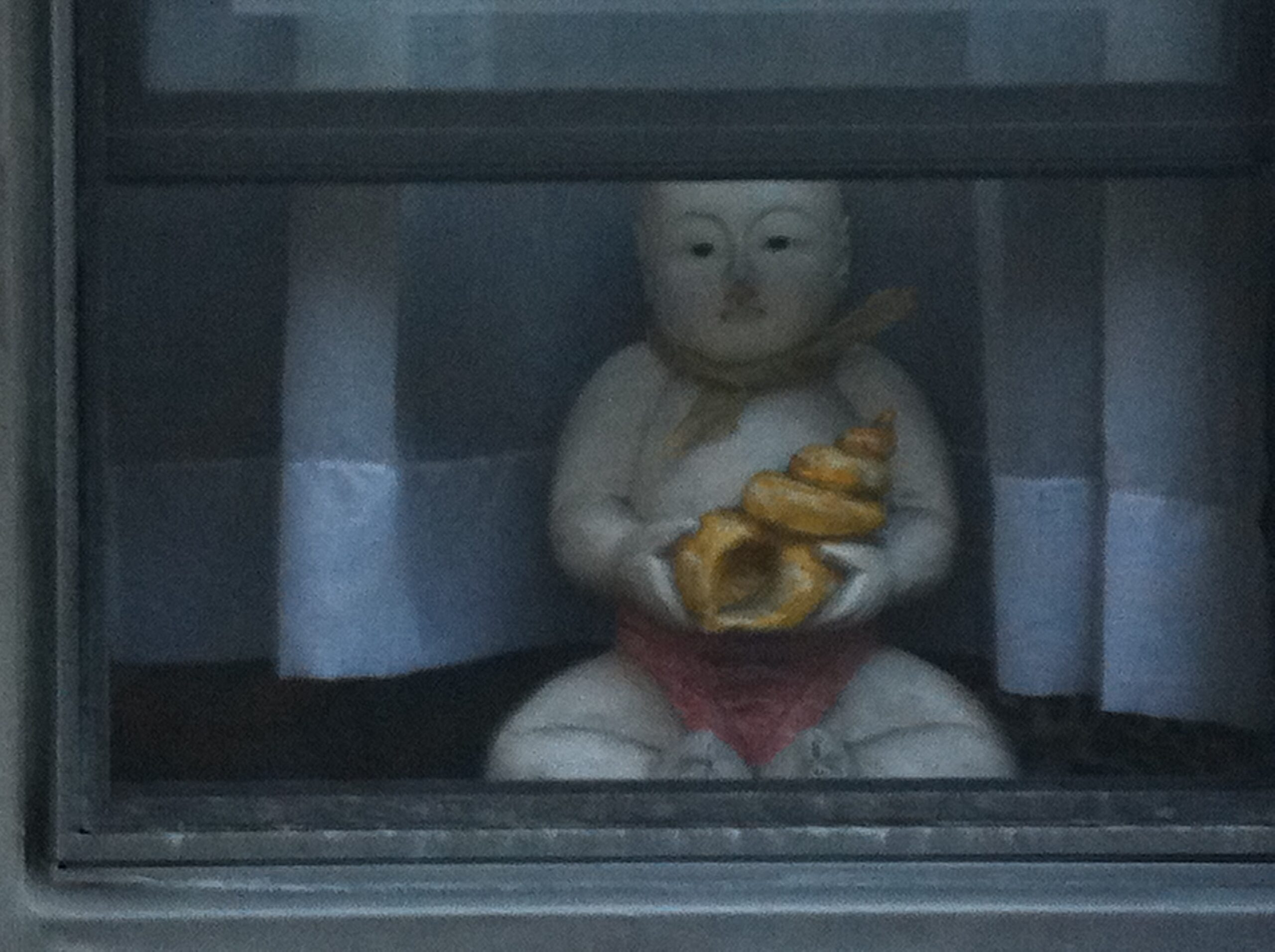

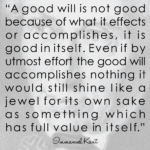
You certainly don’t need the money, so what are you doing in business?? If If I’ve every met anyone who should be teaching it’s you, without a doubt. You would thrive in an academic atmosphere. It’s not your job to please your father, speaking as one who knows from experience. If you don’t do it now, I truly hope you’ll think about academics after your old man’s gone. XO, B
>